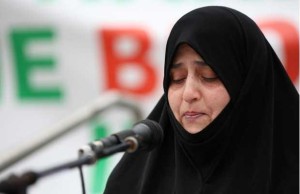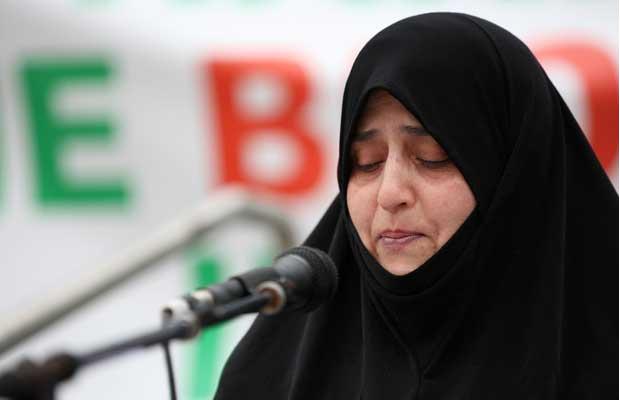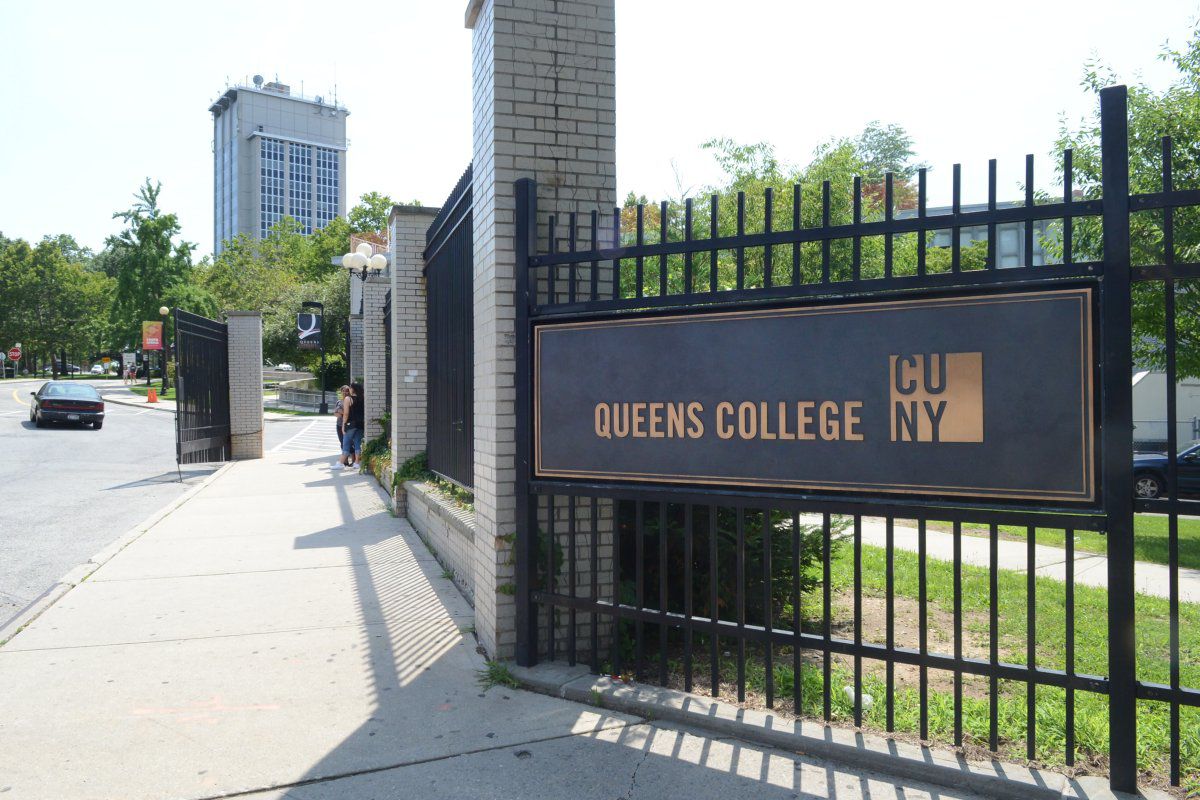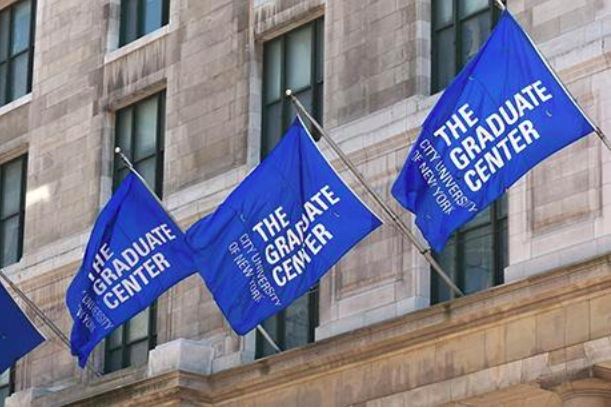
Heba Al-Dabbagh was jailed by the Syrian government when she was 21. She
wrote literature in prison about her experiences.
Shareah Taleghani, director of Middle Eastern Studies at Queens College, first became interested in prison literature after taking a class. She even met those detained to learn more about them.
Taleghani read their books and letters, but the prisoners did not find it easy to document or even remember their work. But she studied them more, usually focusing on Muslims who memorized the Quran to recall their pieces.
Taleghani discussed this and more at Benjamin S. Rosenthal Library on Feb. 24. The event, organized by the Women and Gender Studies program, invited her to talk about prison literature by Syrian women.
Taleghani defined prison literature as any text—fictional or non-fictional—written about the experience of political detention. During the 1970s, this type of work became popular among imprisoned authors.
“As a term, it gained literary critical recognition as a distinct genre in the 1970s beginning when the Syrian writer and critic, Nadine Soliman, published an essay titled ‘Prison Literature’ in 1973,” Taleghani said.
Taleghani explained that prison literature is found outside the Middle East. The genre appeared in Syria’s literary and cultural circles many years before the 2011 uprising in the country.
Some writers feared naming their work as prison literature would affect their creativity. Even called a former detainee worried authors.
But in Syria, it was the only way to write down what inmates faced. Prisons in the country are brutal with no entertainment. Sometimes, prisoners would not find a pen and paper and relied on gun wrappers or tangible objects.
Taleghani referred to two Syrian women who became prisoners—Hasiba Abdelrahman and Heba Al-Dabbagh.
Abdelrahman suffered from harsh treatment in prison. She became committed to human rights and women’s rights activism.
“There were guards threatening to break both your pen and your dreams,” Abdelrahman wrote.
Heba Al-Dabbagh, also a Syrian writer, went to prison at 21. Her brothers worked in the Muslim Brotherhood, an organization founded in 1928 combining Islamic teachings with political work. However, in the 1970s and 1980s, joining this group in Syria would lead to execution.
Before going to prison, Al-Dabbagh met an intelligence agent, whom said the two would speak for five minutes. She was sent to prison for nine years.
Naima Akesbi, a QC alum, attended the event and enjoyed learning more about the author’s contributions in prison literature.
“[Taleghani’s] focus on Syrian women writers is not very much a known subject in the West. These Middle Eastern women break all the stereotypes related to their female countrywomen,” Akesbi said. “My personal heroines have the courage to write about their horrific experience, even though they still face threats from the tyrannical regimes in their countries.”














